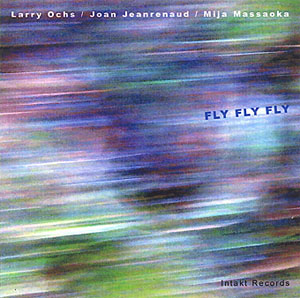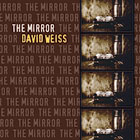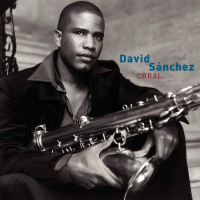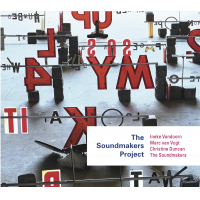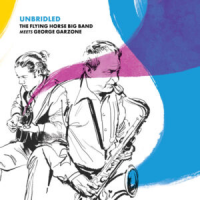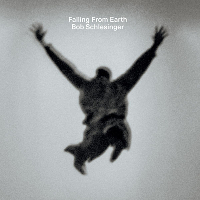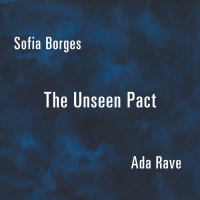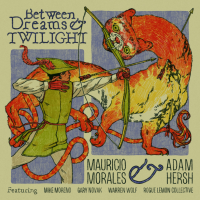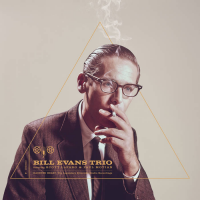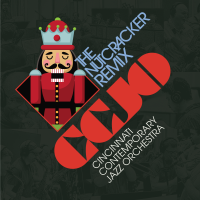Home » Jazz Articles » Album Review » Larry Ochs/Jean Jeanrenaud/Miya Masaoka: Fly Fly Fly
Larry Ochs/Jean Jeanrenaud/Miya Masaoka: Fly Fly Fly
Initially assembled for a concert performance in 2000, the thrust of the group is to create a situation of creative composition—a blurring of the lines between notated (graphically and otherwise) and purely collectively improvised music. Between the instrumentation and the sonic concepts themselves, a truly unique trio has come into its own.
Without percussion as an engine, the musicians' efforts become the realm of sonic exploration, sinewy tenor lines meeting long arco lines and harp-like koto plucks on the opening "Fly Fly Fly," a sparse engagement of gauzy plateaus as arresting an opener as any blowout. Rova never was a "blowout" band, no matter how intensely free its collective improvisations could get, so it is no surprise that Ochs' new trio finds intensity in other realms. The steadily rising koto strums over interlocking drones of cello and tenor at the sixth minute of "Mystery Street," for example—this piece is one of the most varied explorations on the disc. Starting out as a noir-ish but playful romp, it segues into passages of ponticello and bowed koto or, alternately, filmic pastorals. Without being overly imagistic, Ochs as a composer certainly has a flair for that filmic quality and this is not necessarily a bad thing: a shadowy Eastern European folk theme can turn into tight flutters of sopranino and koto at what seems like the drop of a hat.
Yet surprisingly, in an age when the sounds one least expects from an instrument are, basically, what one can expect, the koto, cello and saxophones in many ways retain their traditional sonorities. There are certainly scrapes, rustles and squawks, but the modus operandi seems to be utilizing the instruments' standard ranges in non-traditional ways. In other words, interaction makes traditional sonorities non-traditional. Of course, in more subtle collective music such as this, such results are ideal.
Larry Ochs' non-Rova project is an extraordinary and unique extension of the compositional and improvisational aims set up in the saxophone quartet, and hearing them in this context affirms the stature of Rova and Ochs in the annals of compositional creative music. One can only hope that this valuable ensemble continues to find new ways to bridge these gaps.
Personnel
Larry Ochs
saxophoneLarry Ochs: tenor and sopranino saxophones; Joan Jeanrenaud: cello; Miya Masaoka: koto.
Album information
Title: Fly Fly Fly | Year Released: 2004 | Record Label: Intakt Records
Tags
PREVIOUS / NEXT
Larry Ochs Concerts
Support All About Jazz
 All About Jazz has been a pillar of jazz since 1995, championing it as an art form and, more importantly, supporting the musicians who make it. Our enduring commitment has made "AAJ" one of the most culturally important websites of its kind, read by hundreds of thousands of fans, musicians and industry figures every month.
All About Jazz has been a pillar of jazz since 1995, championing it as an art form and, more importantly, supporting the musicians who make it. Our enduring commitment has made "AAJ" one of the most culturally important websites of its kind, read by hundreds of thousands of fans, musicians and industry figures every month.


